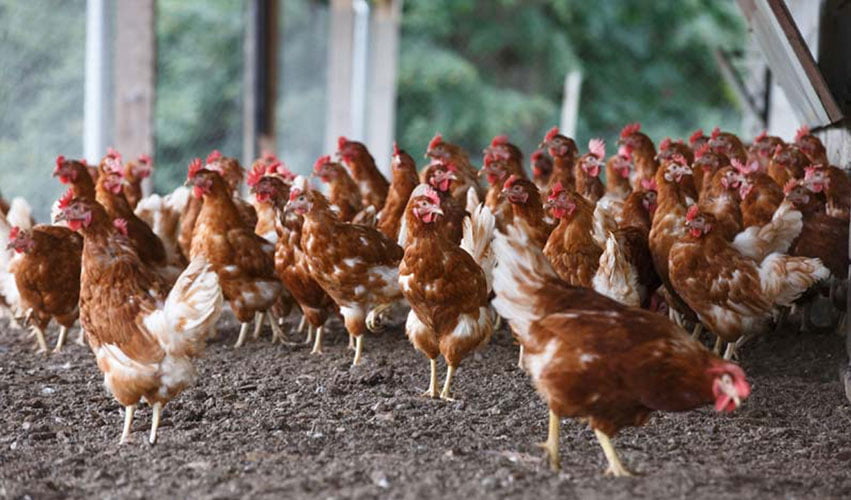Email or call us 07802 829525
Email or call us 07802 829525
Posted on October 8, 2021 and written by Dengie

As the transition from caged systems of egg production accelerates toward more extensive systems, such as free-range, barn egg, and organic systems, the natural behaviour of laying hens has come to the fore.
Certain conditions create stress and nervousness that manifests itself as pecking their fellow flock members. It is a serious problem affecting the health, the welfare and the economic viability of the flock. Pecking is not normal behaviour and many factors have been identified as the cause.
There are those factors related to the bird – genetics, hormones and the effects of the social atmosphere within the flock.
There are also those factors that are caused by external influences – nutrition and feeding, management, and housing facilities.
It has been suggested that there is a link between the genetic programming for increased egg production, and that of increased pecking. If that is the case, then we have spent many years breeding for higher levels of pecking. This creates a second issue, whereby to reduce pecking by selective breeding we need to make the decision to breed for lower egg production, which is undesirable.
Due to hormones, and the increase in oestrogen and progesterone, at the onset of lay. More pecking is likely to be observed at this time.
The social atmosphere and interaction within the flock is also very important. There is a genuine “pecking order” within a flock that is maintained by the more dominant birds pecking at their subordinates. Imitation often follows – though this is just exploratory behaviour, and very rarely aggressive.
When we consider external factors, equipment and environment should be considered as paramount. A bird that is stressed or in fear will show increases in pecking behaviour. Stress can occur when transferring from a rearing house to the laying house and it is important that these have similar equipment and environmental conditions.
The ingestion of feathers is of benefit to the efficiency of the bird’s gastro-intestinal tract. It stimulates digestion and the absorption of nutrients. It is, in that respect, very similar to forage and other cellulosic fibre.
There have been studies demonstrating that feeding more fibre reduces pecking. This could be due in part to the feeling of “being full”, but also fibre is of a lower feed value. Therefore, the bird must spend more time feeding leaving less time for pecking.
To limit the occurrence of pecking we can
Two of these can be answered by the addition of Rumiluz Poultry SB™
With a guaranteed minimum quality and fully traceable, Rumiluz Poultry SB™ is heat treated during the dehydration process to ensure no bacteria remain. The bales are then bagged to ensure no contamination occurs during storage.
Rumiluz Poultry SB™ can then be placed in hay-nets and hung in the poultry houses. The bales are tightly packed with plastic strapping, ensuring a firm surface for the birds to peck.
For further information click here to contact us and find out what benefits quality Lucerne has to offer your poultry.